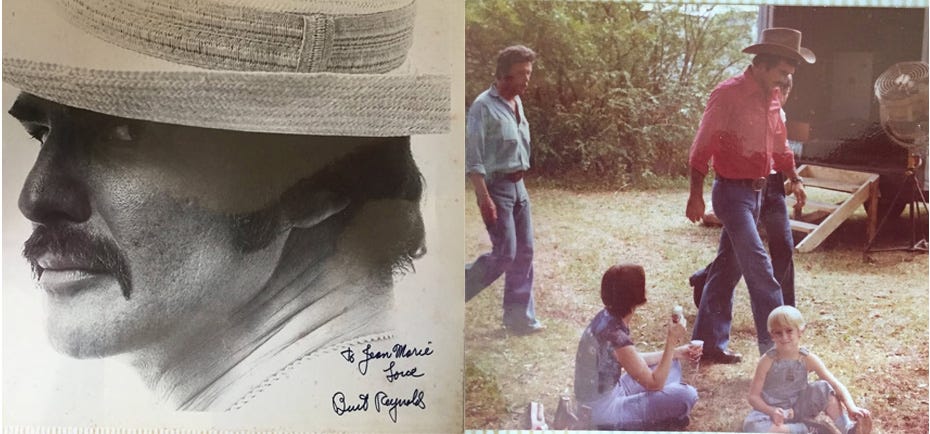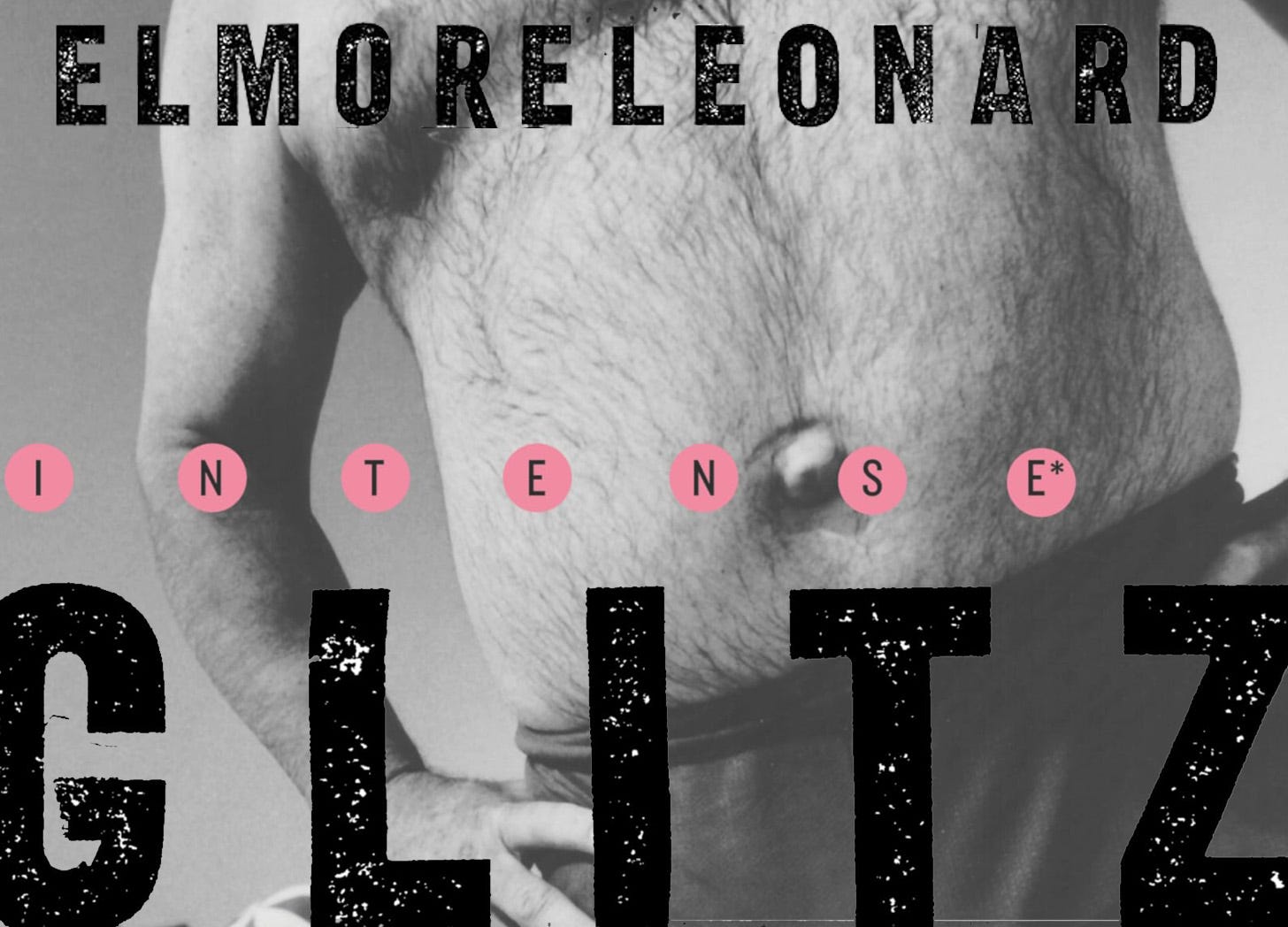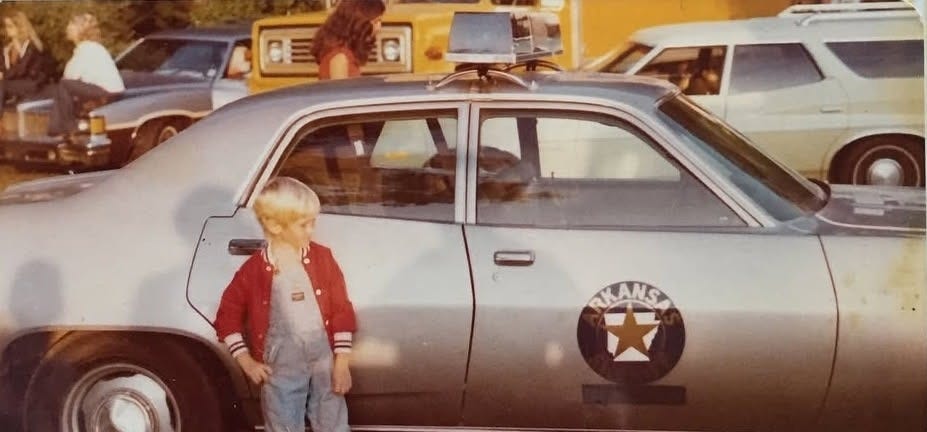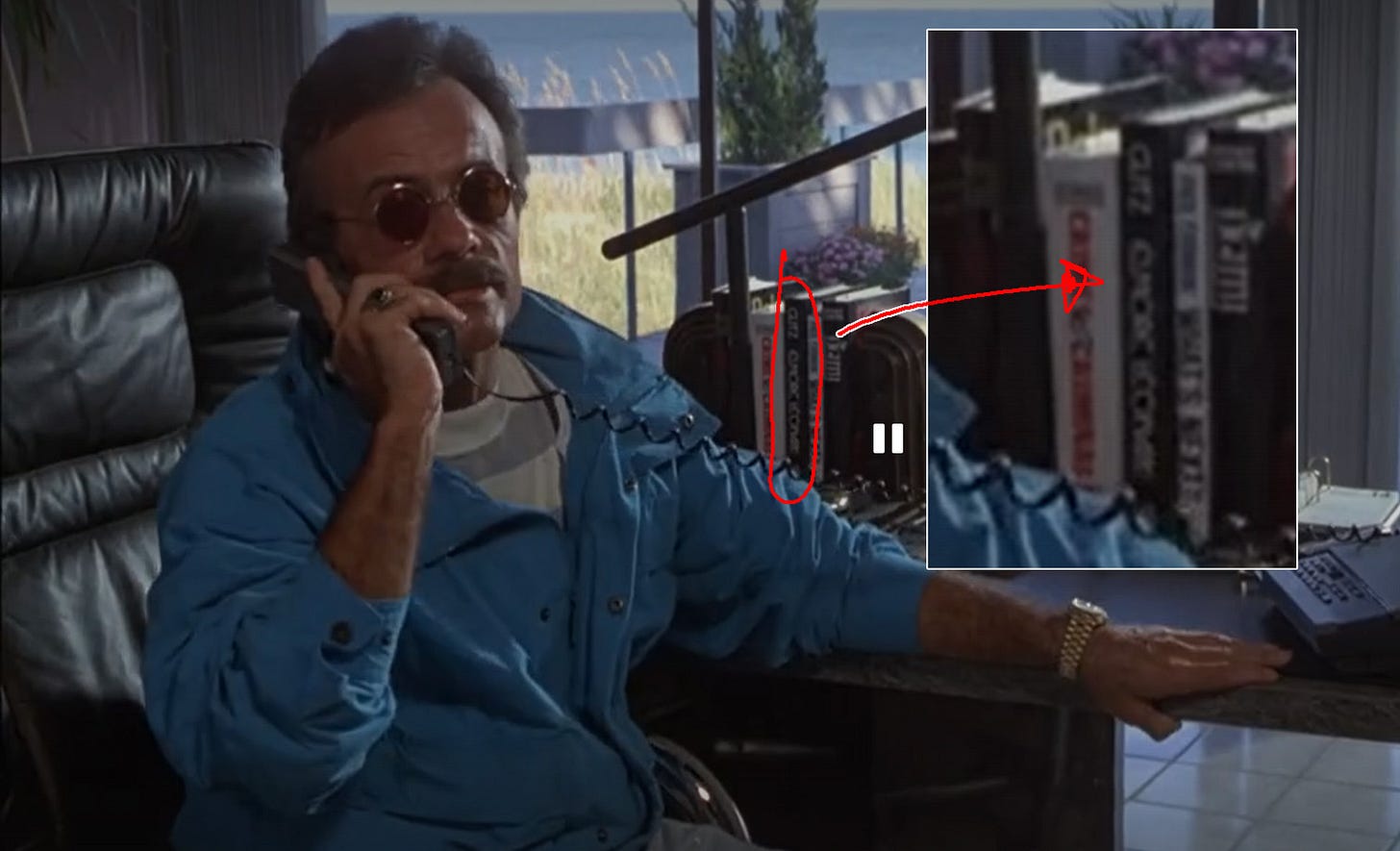Hey folks — it’s crazy that July 4th is already over, the dog days are rapidly approaching, and Cracker Barrel’s already hocking Halloween and Christmas wares in their ole Country store. Also, this is only the second book I’m writing about in what I promised you wayyyyyyy back in May would be a prolific summer of book reports. What happened? Well, without getting into it all, I have been reading. Point-of-fact, I’ve been reading way faster than I can write. And with all the podcasts I’ve been doing, as well as working in my car, teaching summer camp, and looking neverendingly for gainful employment, it’s honestly been tough to sit down and write. At the end of the day, I’d rather just read.
Nevertheless, things are finally turning to an even keel….just a little bit…before they’re sure to start back up next month when I begin my adjunct teaching again. But before that happens, I’m hoping to sit down at the keys, and write out some full reports on all the books I’ve been enjoying these last couple months. And oh boy, that’s kind of a big project…
Nevertheless, I’m hoping to give you a new edition of my Summer Reading Journal each week. Anyway, onto Glitz, which I finished over a month ago…
🎲 🎲 🎲 🎲 🎲
My summer reading challenge to read all of Elmore Leonard’s Florida crime novels in anticipation of the long-delayed…and further delayed (‘til next year) Grand Theft Auto 6 game hit a bump in the road pretty quick.
Truth is, I was in a hurry when I downloaded the audiobook for Glitz on Spotify, and was interrupted by the barista announcing my name much sooner than I’d expected and bringing over to the counter, in several trips, 40 bucks worth of a Starbucks order. Needing to get on the road, and running way behind already, I just saw in the Spotify plot description “Vincent Mora…Miami Cop", caught a fleeting glimpse of the cover art of a bare-chested slob with a beer belly (clearly a Florida ne’er-do-well — probably a white national and kin to the same trailer dwelling clan I’d just seen Ordell Robbie rob in Rum Punch), and hit “Download”.
So it wasn’t the most formal assessment, and by the time I’d pulled out of the Starbucks and onto I-20 Eastbound and Down, I’d already discovered that Glitz, while indeed following the exploits of Miami PD Detective Vincent Mora, moves mainly between the sunny beaches and deep tropical scrub of San Juan and the swanky casinos of Atlantic City (the titular “Glitz”, which should have been a hint, but, like I said, I was in a rush — and damn those baristas move fast). No matter, anyway. Dutch is Dutch, and he throws you into his stories so quick and dirty you have no choice but to just go with them, whatever the setting. So when I pulled into a Pilot station about an hour later to get some gas and refill my coffee, I did just that — went with it, the first chapter nearly over and already hooking me with Vincent recovering from a junkie’s gunshot wound, laid up in the hospital, more horny than hurt.
By the way, I made that Jerry Reed reference just now as a way of giving a little context to how I enjoyed Glitz.
Which was on a 7-hour non-vacation road trip to Statesboro, GA, a principal filming location for the classic Smokey and the Bandit (1977). Weirdly, our trip that day was sort of taking on a Bandit-like resemblance, as we were on a mission, and also speeding down the road in two cars. “We” being me in one car, and I guess playing the Jerry Reed role (with an actual basset hound — the loyal Zoey — perched comfortably in the passenger seat), and up ahead Jessica driving her mom, Jeanmarie. A few weeks earlier, Jeanmarie had fallen suddenly whilst visiting my parents in Birmingham, and now, at last, after a difficult surgery and rehab period, Jessica and I were taking her to stay with her sister in Statesboro where she could continue her recovery. It was to be a hard, long day, but, despite the circumstances, I admit to being a little enthusiastic about the trip. If nothing else, it was a chance to get out of town for a couple days at the beginning of a summer when work and lack of cash would keep us practically house arrested inside it. Also, it’s just about impossible to convince Jeanmarie — a woman who bucks every “Mother-in-Law from Hell” cliche Tim Allen ever gave us — that her money’s no good with me; case-in-point: on our way out of Birmingham, she gave me and Jessica her credit card and told us to get ourselves anything for breakfast we wanted — whatever we had always desired but never had the cash or the stomach for. While I usually suffer from a lack of imagination in front of a Starbucks menu, Jeanmarie’s wily insistence nevertheless didn’t stop me from ordering a Spinach-Feta breakfast sandwich along with my usual Grande cup of black coffee.

So once we were properly good-to-go with caffeine and gas and heading toward Atlanta, I dove further into Vincent’s story of his own recovery after an extended stay in the hospital, which, thankfully, not-at-all resembled my mother-in-law’s (although it would’ve been cool to take her to Puerto Rico instead of south Georgia!).
Anyway…
Vincent is real horned up on account of all those nurses taking care of him in the hospital (giving him sponge baths, changing his catheter and so forth), so after he’s discharged, he heads down to the chill beaches of San Juan to body watch. It’s there where Vincent meets and quickly falls in love with Iris, a woman he at first pays, like all the other tourists, to keep him company.
Iris, however, insists she’s not a prostitute, and finds the term “whore” even more offensive. What Iris sees herself as is Ambitious, ready to leave Puerto Rico for the contiguous United States, and, more specific and ambitious, somewhere beneath the cluster of bright lights of one of its major cities. She gets this very chance when Resort Magnate Tommy Donovan offers her the glitzy job of hosting high rollers at his casino in Atlantic City. Of course, Vincent sees the offer for the shady deal it is, and tries to intervene by appealing to Donovan himself, but to no avail, and his innate cop’s intuition proves right. Only a couple months later, he’s standing over her body in an A.C. funeral home, arguing the cost of an urn with an unfeeling undertaker.
Vincent doesn’t need a coroner’s report to know the cause of death. He can see it in the casket — Iris’s mutilated body, not a single bone that hasn’t been broken into shards after being flung off the thirteenth floor of a high rise apartment building. Not a suicide, Vincent insists to the local PD, “Somebody picked her up and threw her off. Somebody who came to see her”.
Immediately, Vincent looks to Tommy Donovan. It’s not him, specifically, who he suspects threw Iris off that balcony, but that’s not the point. It’s the whole system Donovan engineers, that dark machine of exploitation and abuse that is the direct current to all those lights on the casinos and along the boardwalk. Of course, Vincent’s at a disadvantage being a local cop out of his jurisdiction, but he makes this work for him, posing as a high-rolling dignitary who he convinces Donovan himself to comp and allow, unwittingly, into the mainframe of his machine. Once nested, Vincent begats a chain of chaos within the Atlantic City mafia, recruiting help from others Donovan has done wrong: the lounge singer doing Pointer Sisters covers that fall flat thanks to a band Donovan got her on the cheap; the former NFL linebacker who fell from grace and now works as the disgruntled body man for the condescending casino owner; and Nancy Donovan, Tommy’s own wife, who’s just…over the asshole.
But while Vincent does a pretty good job at playing the underworld Mephistopheles, it’s all, ironically, dissociated from catching Iris’s actual killer — this being psycho perv Teddy Magyk, out to settle a grudge with Vincent for putting him away a few years back.
Leonard first introduces us to Teddy Magyk early in the book. Fresh out of prison and bankrolled by his doting but unawares mother, Magyk first tails Vincent to Puerto Rico, where Vincent immediately makes him and uses his cop connections with the San Juan police to kick him off the island. Humiliated and broke, Magyk has no choice but to move back in with his mom and stew. Fortunate for Teddy, however, his mom happens to live in Marvin Gardens, just a few squares on the Monopoly board down from Iris’s new corporate job. Suddenly, Teddy’s the luckiest man in Atlantic City, and he promptly descends on Iris, drugging the poor girl into a stupor before casting her off into the night, bait without a line — the only bait big enough to bring Vincent into his vengeful shadow.
It was just when Vincent begins to put the pieces together that maybe it’s Teddy Magyk, and not the mob, who’s responsible that I had to hit pause on Glitz.
Our exit to Statesboro was looming, and aside from a daunting weariness that had overcome me from driving all day (Atlanta, as it always does, had turned a 7-hour trip into 10), I felt imbued, suddenly, with a certain spiritual reverence. No joke.
Because in a very real way, Statesboro, Georgia is probably just as significant to the whole of American life as Plymouth Rock. For it was here that in the year of our Lord nineteen-hundred-and-seventy-seven Burton Leon Reynolds, Jr. coasted his Kenworth W900A Semi tractor-trailer into Jerry Reed’s driveway, ready to recruit him for a long haul of Coors beer to thirsty folks in Atlanta. Though Statesboro may’ve doubled for Texarkana in this inciting scene of Smokey and the Bandit, it was nevertheless this place I was pulling into now, at 11 pm on a Friday night, where the Trucker movie boom of the late 70s got started. It was a subgenre that was pretty much reviled by all the critics, yet today is hailed as a preservation of American culture at a specific fulcrum in its socio-political history. And while I don’t want to get into a discussion of that whole thing (in fact, plenty of books and essays have been written about it, many of them by the very same film and culture critics who once dismissed them), I just wanted to take this brief aside to say that as we inched closer to the town proper, I, for one, had a sense of approaching hallowed ground. And I wasn’t the only one, by the way. In fact, the original Smokey has familial ties for my wife and mother-in-law, as shown in the pictures below:

So with this little bit of significant pop culture a part of me by marriage, you’ll have to excuse me for taking a break from Glitz as we passed that first Waffle House off Exit 116. From there to Aunt Carol’s, it was all Jerry Reed, Eddie Rabbitt, and Red Sovine.
I picked the book back up when I got home, and to talk about the plot any more would be to give it all away.
For now, let’s just say that I liked Glitz. Definitely not my favorite Elmore Leonard, though. Vincent Mora is kind of a bore, though Leonard plays him as the straight man, filling out the world around him with plenty of colorful crooks, hookers, conmen, junkies and other assorted wildlife for him to play off of. And Teddy Magyk, while he was maybe a wild card character for a novel written in the 80’s — unpredictable, sinister, diabolical, and even charming at times — comes across today as a stock psycho we’ve seen in a million Netflix crime miniseries. However, there is Chapter 2, when we first meet Teddy. A tense, horrific short story in its own right, it’s one of the best things I’ve ever read by Elmore Leonard — a chapter that begins with a scheming cab driver looking to rob a naive tourist, who quickly discovers he’s picked the wrong one to rip off.
What I really loved about the book is its portrayal of Atlantic City in the 80s. Glitz, first published in 1985, the year after Trump came to A.C., shows a town torn between two personalities — between a present tense of high end veneer, funded by junk bonds and absentee billionaires, and its roughshod past, where at least the crime lords were local.
So while I diverted a bit from my Elmore Leonard Florida Project…
on the other hand, I guess, it’ll be perfect for another book journal series I’ve got planned…”Books that Movie Characters Read!”
If you wanna check out Glitz for yourself, you can borrow the e-book at the Internet Archive.
🎲 🎲 🎲 🎲 🎲
That’s it for this one, but I’ll see ya in the next edition of my Summer Book Journal, where I’ll go back to the Sunshine State, but with another author this time. Carl Hiassen’s latest, Fever Beach, is next…
By the way, I’ve got a job interview coming up next week. IN-PERSON. Yikes. That means I’ve gotta look nice in high definition. I thought of starting a Go Fund Me, but that’s kinda time consuming. Also, sad. Oh, and I’ve already got something set up where you can help with that if you’re so inclined… Sad-be-damned. I’m broke!
Or… if you just wanna boost my confidence, you can help by SHARING this post with others you think might like it, and/or, of course COMMENTING.









